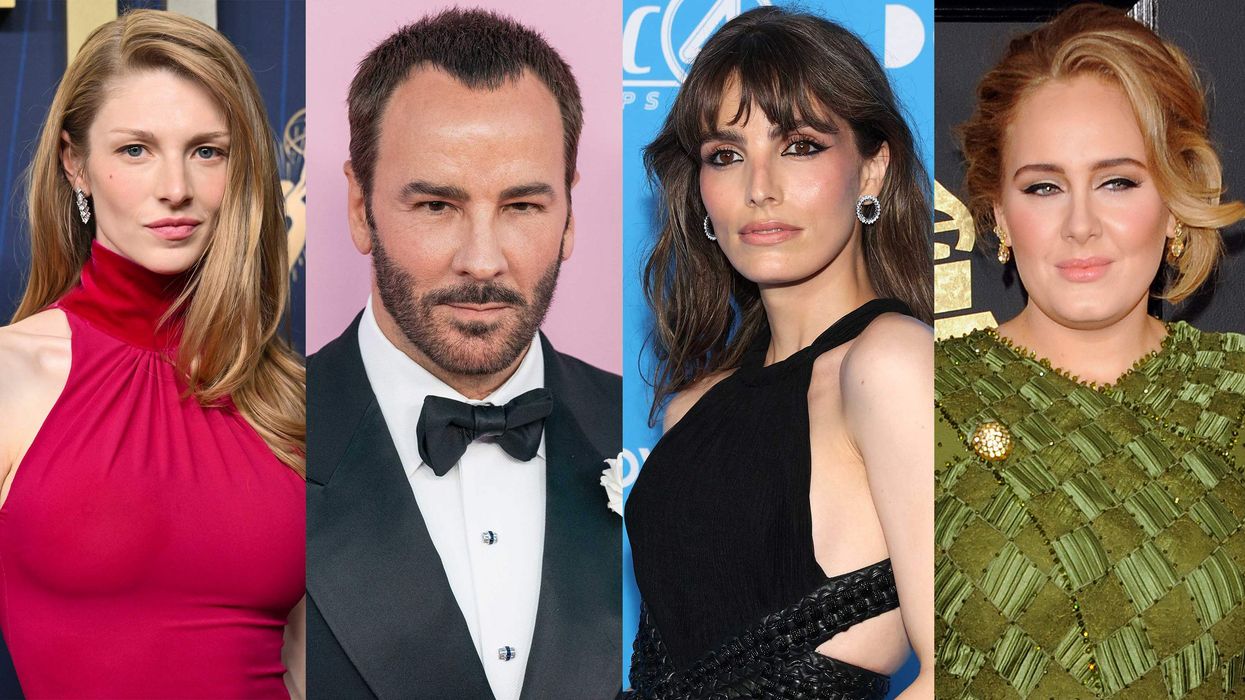As part of Studio Ghibli's annual Ghibli Fest, legendary Japanese director/animator Hayao Miyazaki's masterpiece Princess Mononoke is returning to U.S. theaters this week, and although it's been over 22 years since its original release, the film's prescient messages about environmentalism and gender are still as relevant as ever, making for one hell of a ride for both diehard and newbie anime fans.
Warning! Some Princess Mononoke spoilers ahead!
Originally released in 1997 with a much darker, grittier tone than Miyazaki's many other titles, Princess Mononoke takes place during Japan's late Muromachi period and tells the story of a rural prince named Ashitaka as he tries to stop an epic conflict between humankind and the spirits of nature.
Although he successfully defends his village from destruction by a boar god named Nago (who became demonized after being corrupted by an iron bullet), Ashitaka now finds his right arm has been cursed in battle, and he is destined to die. In a last-ditch effort to live, Ashitaka decides to travel westward towards Nago's origin, seeking out a cure for (and the cause of) the curse. During his travels, Ashitaka escapes the clutches of some not-so-noble samurai and meets a scheming monk who tells him of a divine deer called the Forest Spirit, a powerful god that possesses immense power who can probably cure his corrupted arm. Ditching the monk (although not for good), Ashitaka sets forth again to find the Forest Spirit, and through some fortuitous turn of events, he then finds himself in Irontown, a settlement that neighbors the magical cedar forest where the Forest Spirit dwells. It's in Irontown where we learn of Princess Mononoke's central conflict.
As its name suggests, Irontown is a highly populated settlement where iron is produced and sold throughout the region. Run by the fierce Lady Eboshi, Irontown uses a staggering amount of resources from the surrounding forest (most notably timber) in order to produce iron—the same iron that corrupted Nago and then inadvertently cursed Ashitaka. Because of their rapid, unending consumption of Mother Nature, Lady Eboshi and her settlement have made enemies with the many animal gods that inhabit the forest, especially a giant wolf goddess named Moro and her adoptive human daughter San (Princess Mononoke). While on the surface this clash looks like a clear-cut example of good versus evil, with the big, powerful industrialists just laying waste to the earth around them (don't get me wrong, they are indeed guilty of that), as the film progresses we learn things are much more nuanced than they seem, especially when we find out that Lady Eboshi runs Irontown like a haven for the social outcasts of the time period. Employing victims of slavery, victims of human trafficking, and lepers, and appointing women in important roles throughout the compound, it's obvious that Eboshi founded Irontown in an effort to create a better world for women and give outcasts a way to make a living for themselves. While it's a given to root for San and her noble, selfless efforts to keep the magical forest away from the hands of destruction, at many times you'll also find yourself rooting for Eboshi and Irontown, a beloved group of misfits who just want to make a better life for themselves. A lot of modern-day films still struggle to humanize their antagonists and make their motives sympathetic to audiences, but Princess Mononoke does it effortlessly, which leads many to believe that maybe the real villain of the story isn't one side or the other, but actually intolerance itself.
With some help from Ashitaka (who the film places as the neutral third party), as well as some newfound common enemies (remember that monk and those not-so-good samurai?), the inhabitants of Irontown and San's animal god family are able to finally find a way to coexist—although it takes a shit-ton of drama, battle, and even some spiritual beheading to get there!
Through its complex narrative, Princess Mononoke gives an empowered voice to women (in a time where they didn't have any) and doesn't make them victims in need of a savior. It also forces audiences to look inward and question the way we consume things from the world around, especially in nature. In a world where the struggles of women and the struggles of the environment are still being fought for to be heard, Miyazaki's film still rings as timely as ever, and whether you've seen it a million times already or are just getting into it for the first time, Princess Mononoke is always worth the price of movie ticket to experience.
Princess Mononoke is back in theaters for Studio Ghibli Fest on November 17, 18, & 20. Get tickets here, and watch the trailer in the video below!




































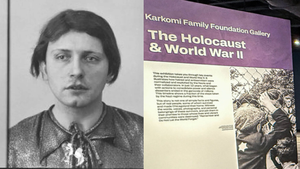

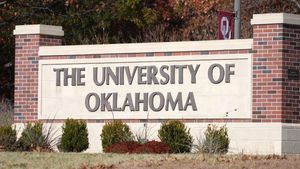












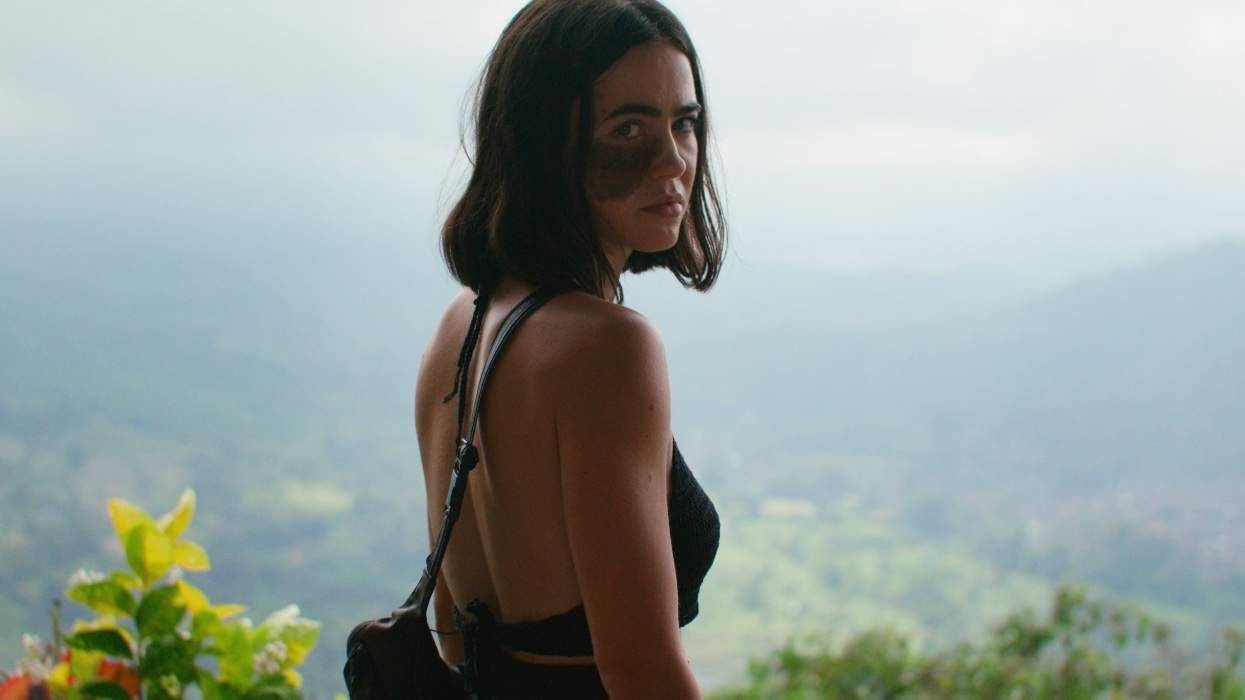
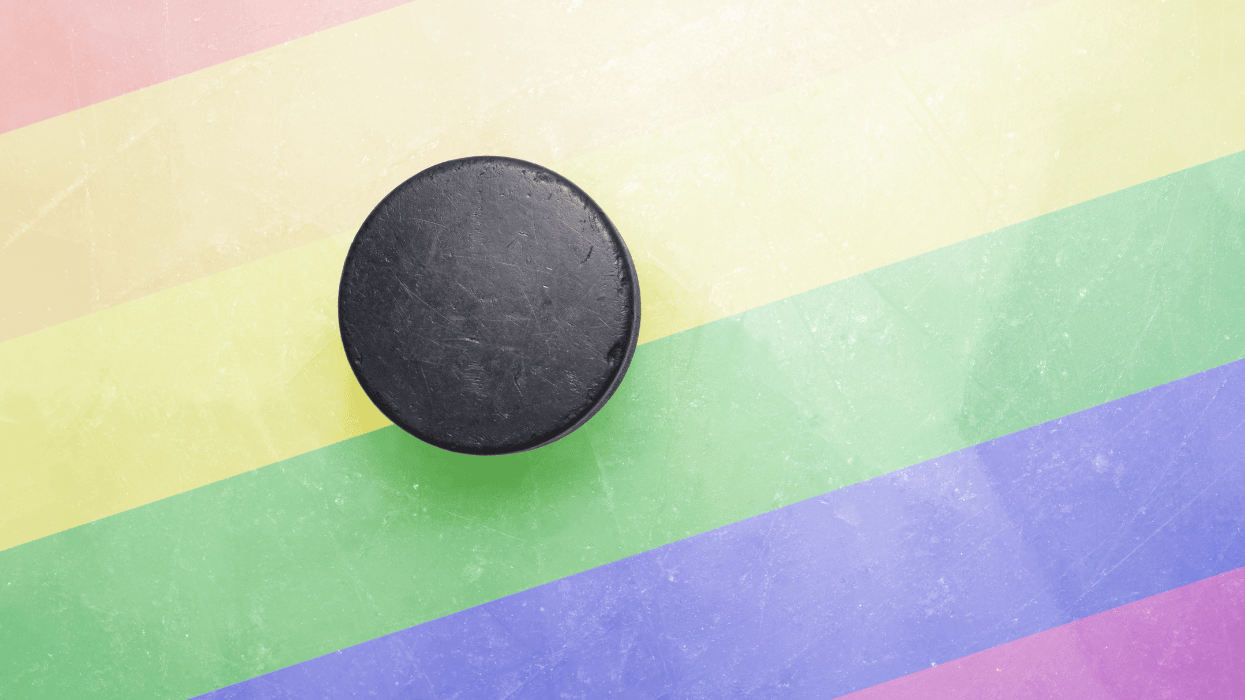

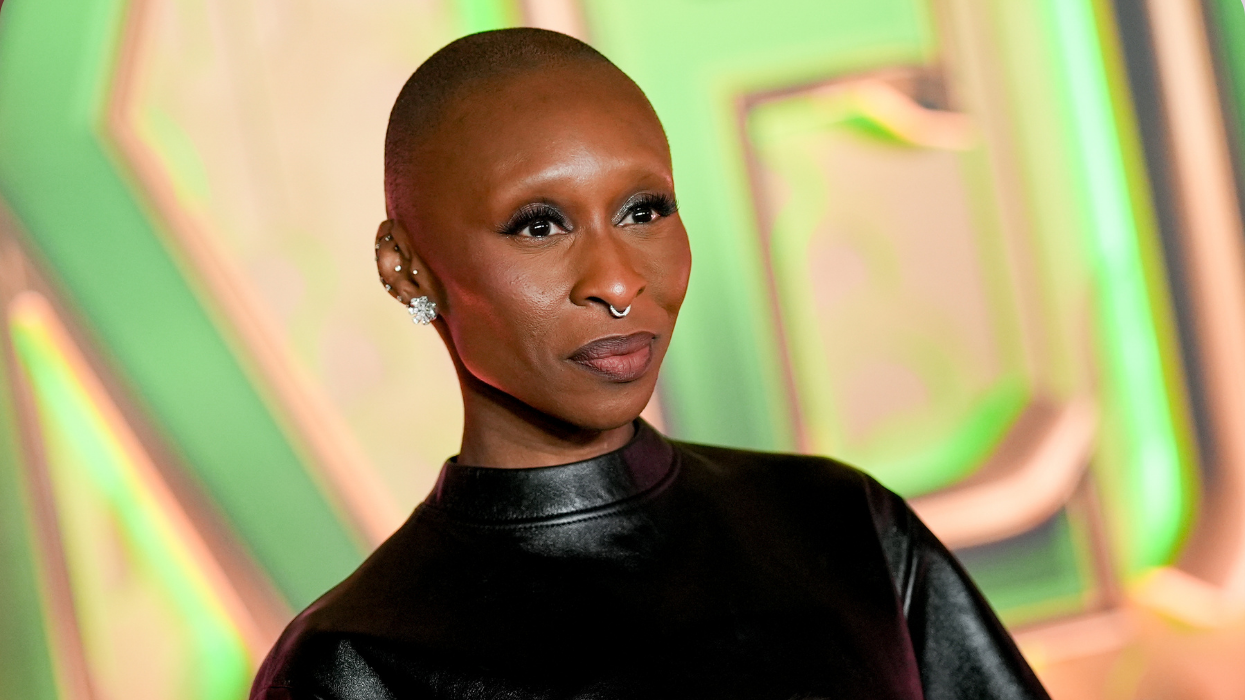


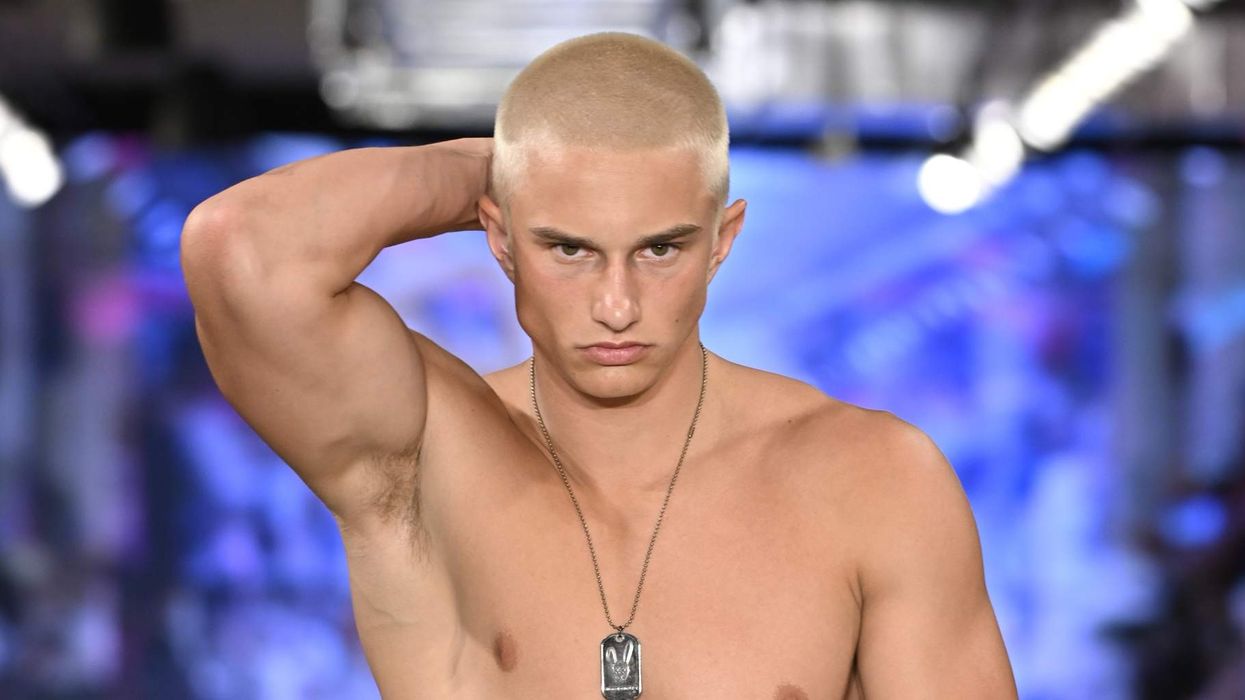

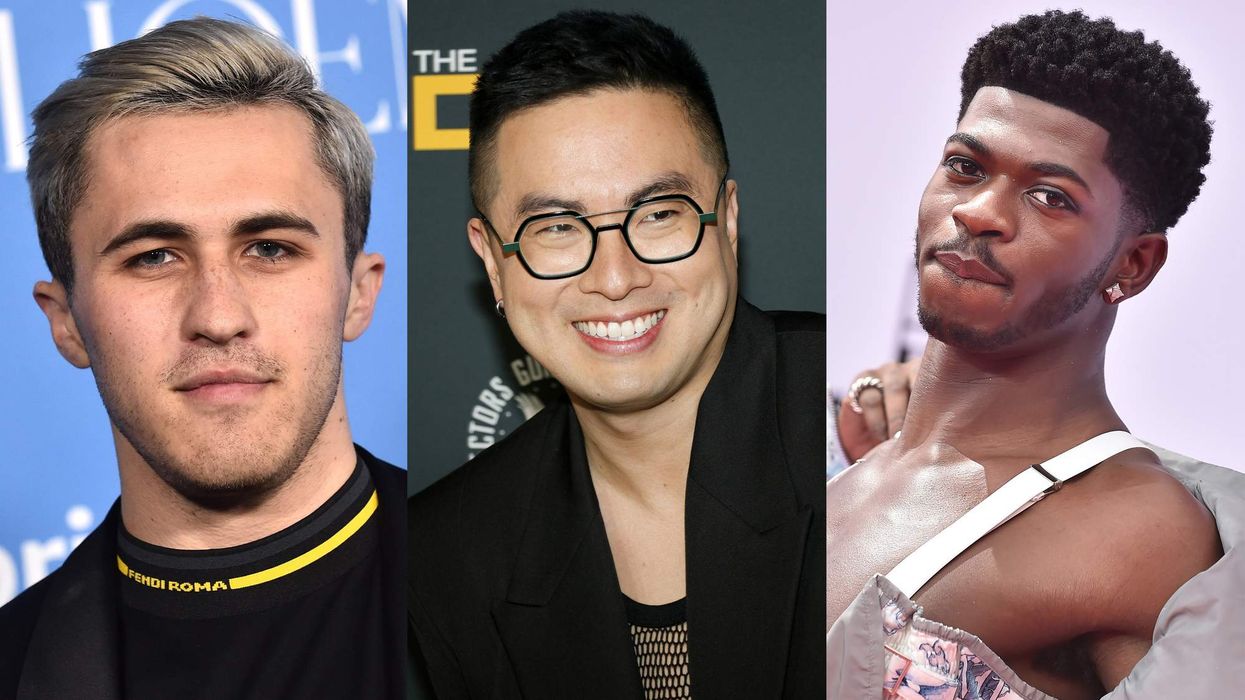

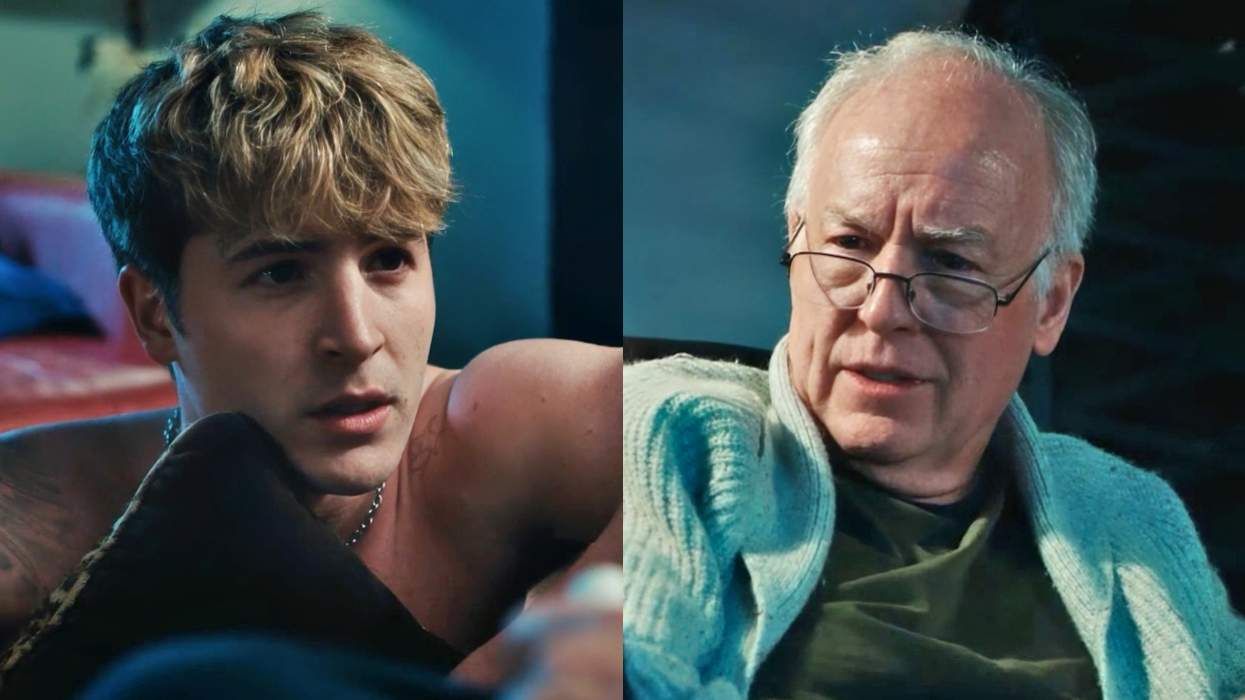
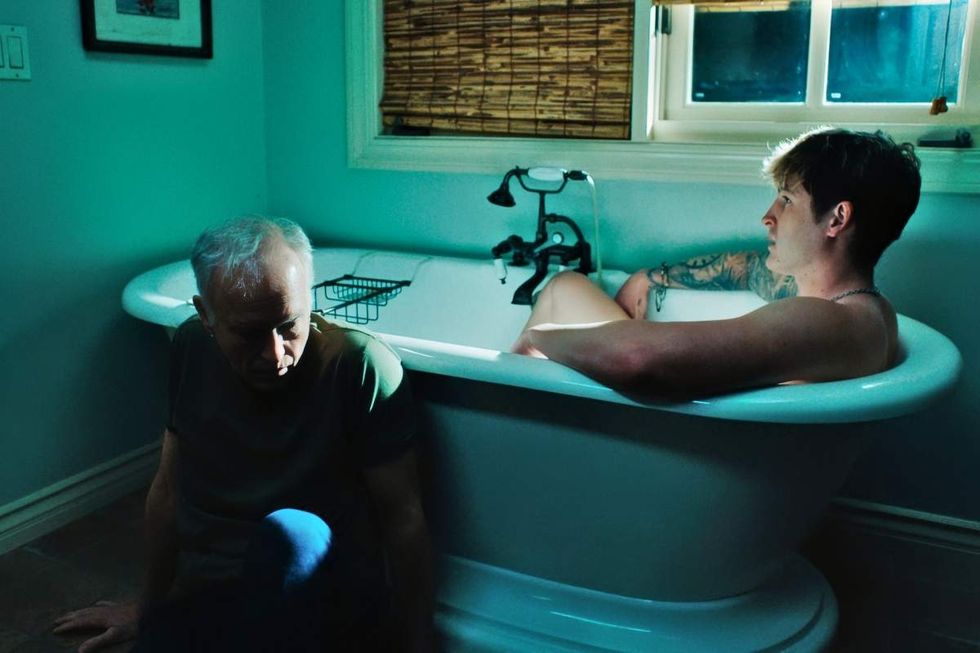 Reed Birney as Hank Grant and Kieron Moore as Aaron Eagle in Blue Film.Fusion Entertainment
Reed Birney as Hank Grant and Kieron Moore as Aaron Eagle in Blue Film.Fusion Entertainment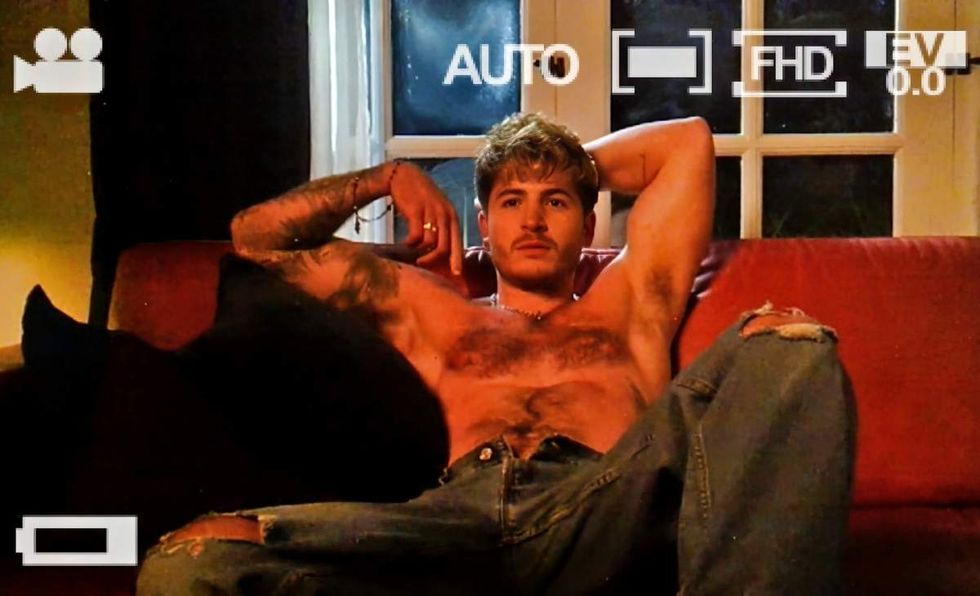 Kieron Moore as Aaron Eagle in Blue Film. Fusion Entertainment
Kieron Moore as Aaron Eagle in Blue Film. Fusion Entertainment 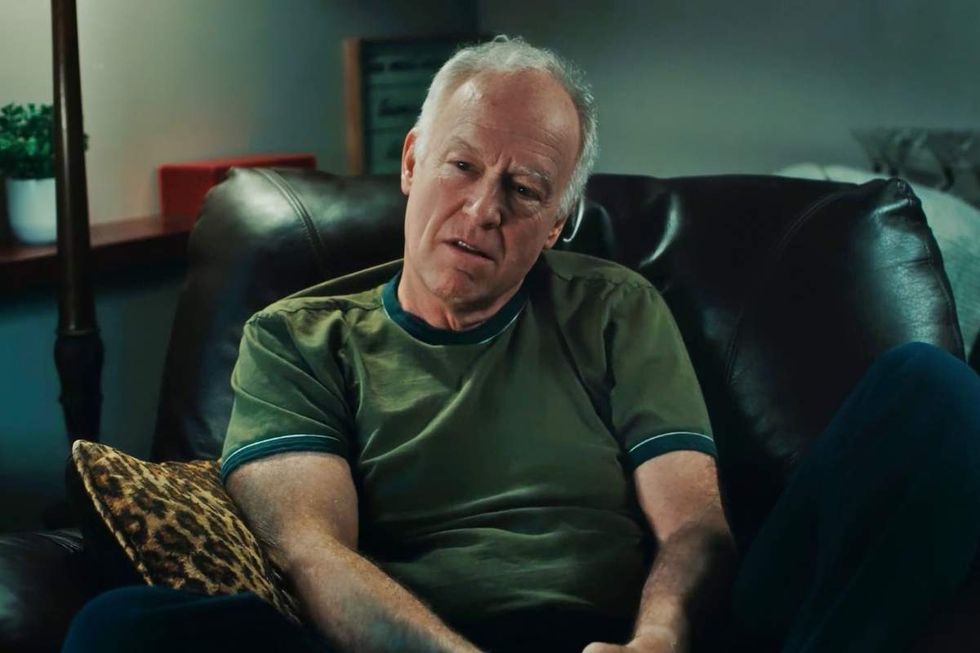 Reed Birney as Hank Grant in Blue Film.Fusion Entertainment
Reed Birney as Hank Grant in Blue Film.Fusion Entertainment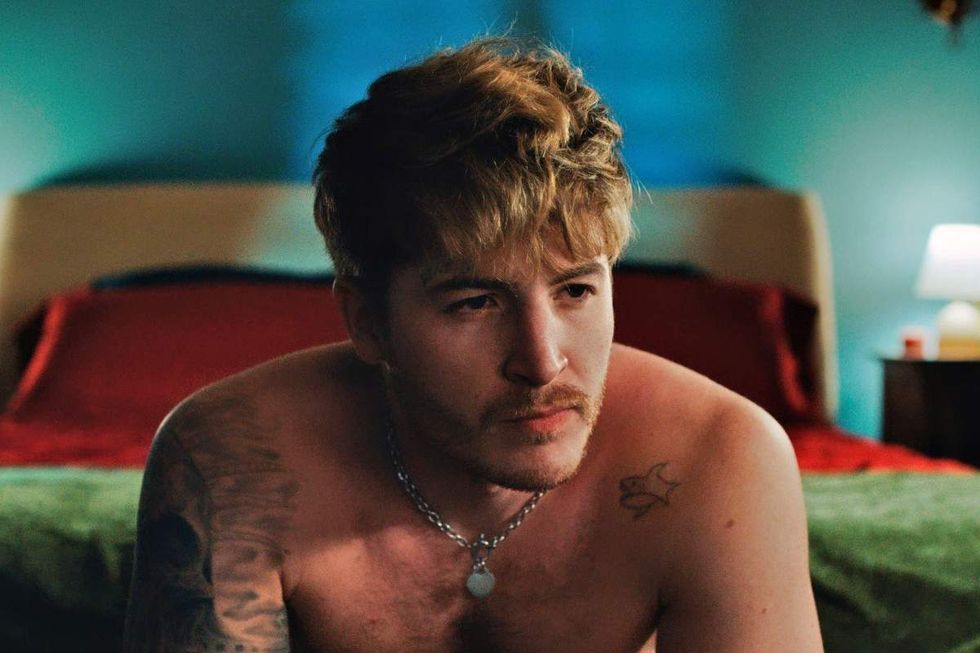 Kieron Moore as Aaron Eagle in Blue Film. Fusion Entertainment
Kieron Moore as Aaron Eagle in Blue Film. Fusion Entertainment 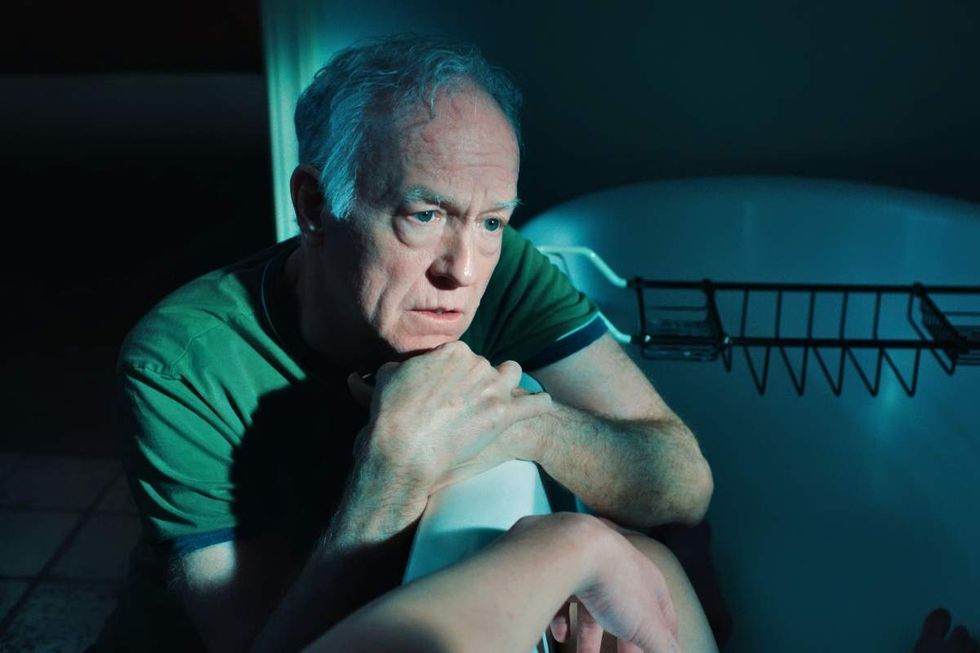 Reed Birney as Hank Grant in Blue Film.Fusion Entertainment
Reed Birney as Hank Grant in Blue Film.Fusion Entertainment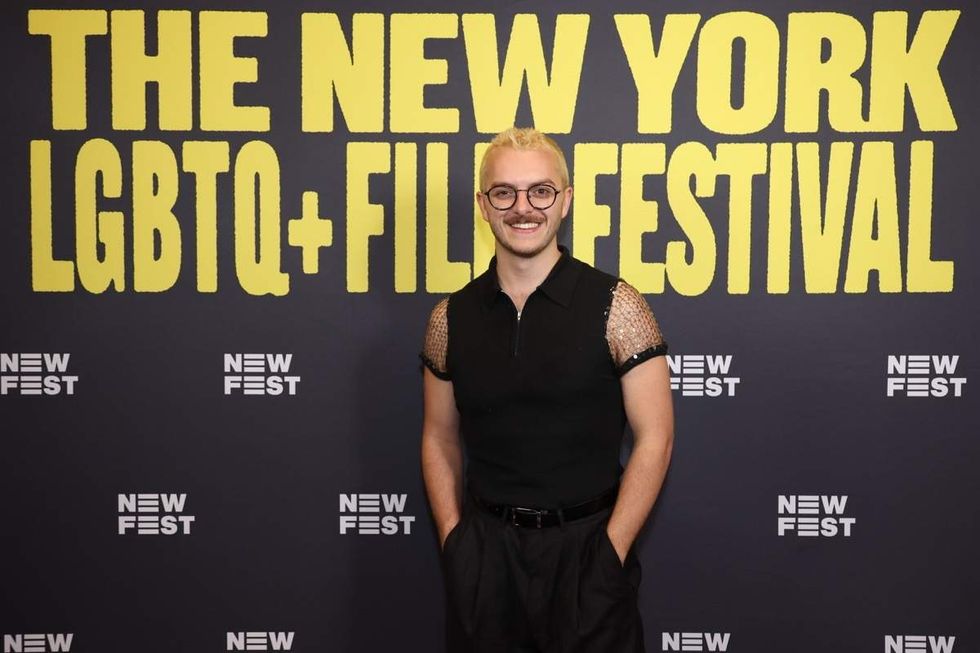 Director Elliot Tuttle at the premiere of Blue Film at 2025 NewFest at SVA Theater in New York City.Rob Kim/Getty Images
Director Elliot Tuttle at the premiere of Blue Film at 2025 NewFest at SVA Theater in New York City.Rob Kim/Getty Images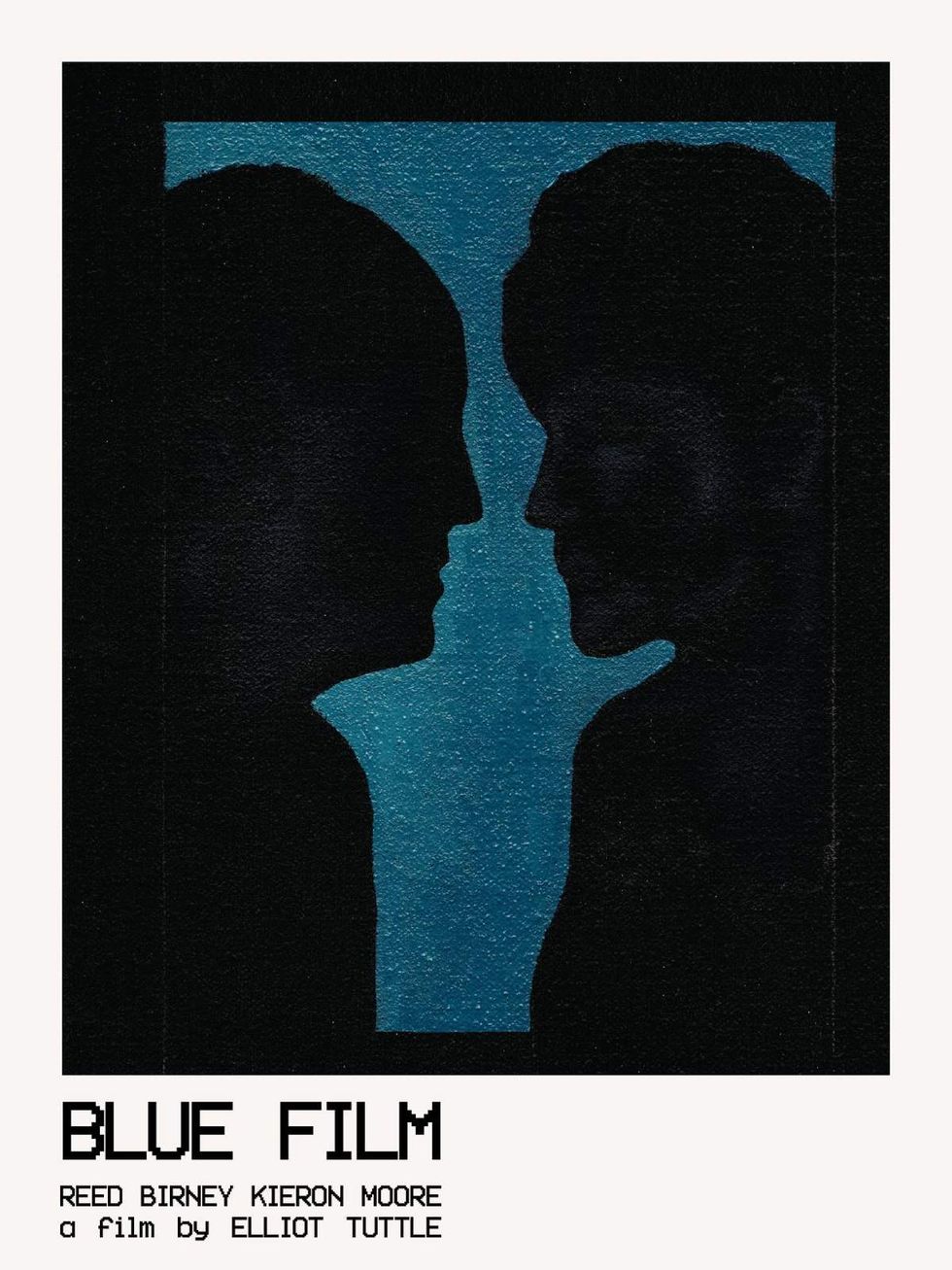 The official poster for Blue Film.
The official poster for Blue Film.






